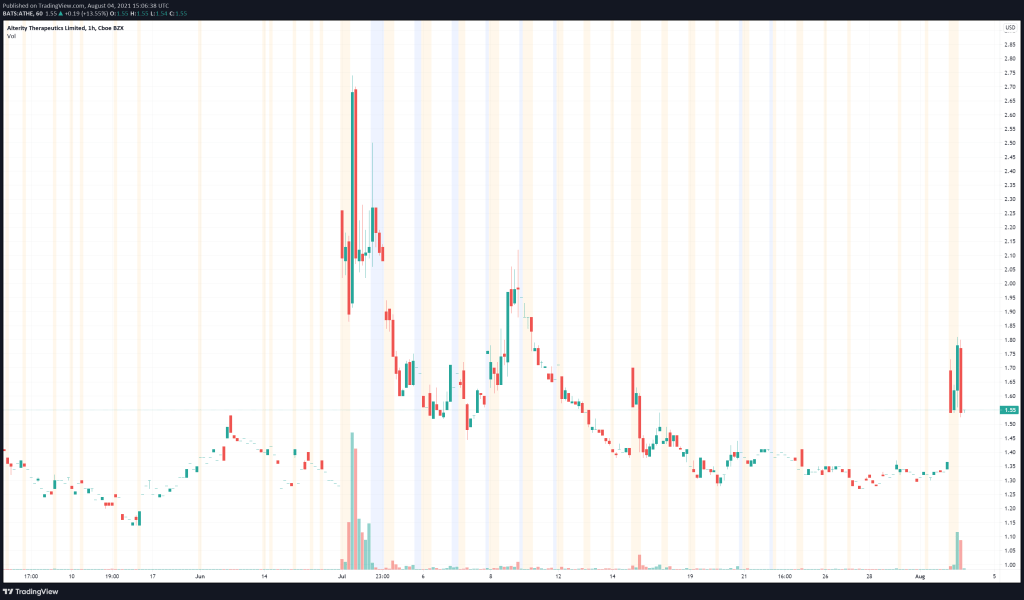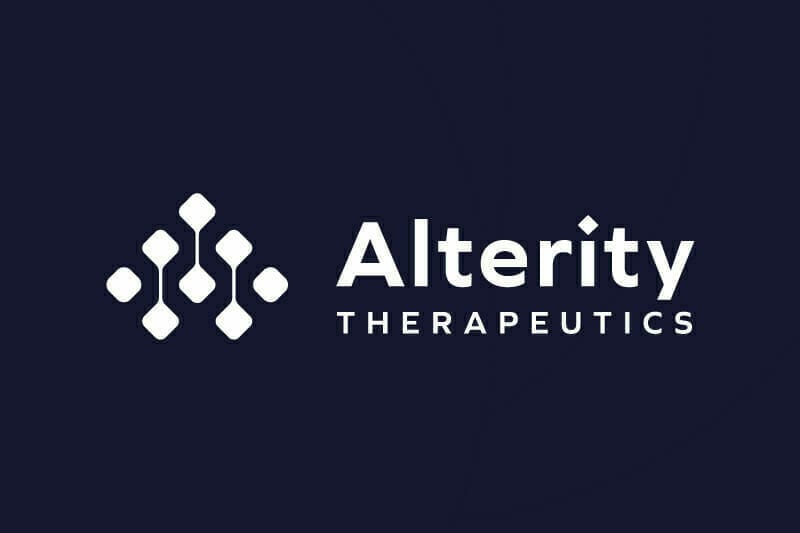Alterity Therapeutics (ATHE.Q) announced today that the United States Patent and Trademark Office (USPTO) has issued a Notice of Allowance for the Company’s patent application No.17/239,375.
“As the scientific evidence implicating excess brain iron in neurodegeneration accumulates, our in-house research team continues to discover novel compounds that address this important target,” said Alterity Chief Executive Officer David Stamler, M.D.
Alterity is a clinical stage biotechnology company dedicated to creating an alternate future for people living with neurodegenerative diseases. ATH434 is the Company’s lead candidate designed to block the accumulation and aggregation of α-synuclein. α-synuclein refers to an abundant protein in the brain, responsible for regulating synaptic vesicle trafficking and subsequent neurotransmitter release. With this in mind, α-synuclein is widely believed to be involved in the development of Parkinson’s disease and has been recognized as a therapeutic target by neuroscientists and clinicians.
Ultimately, ATH434 is the first of a new generation of small molecules designed to inhibit the aggregations of pathological proteins, like α-synuclein, implicated in neurodegeneration. Furthermore, ATH434 has been shown to reduce abnormal accumulation of α-synuclein in animal models of disease by restoring normal iron balance in the brain. So, what does iron have to do with Parkinson’s disease? Although further research is necessary, disturbances in brain iron concentrations have been identified in conjunction with both Parkinson’s disease and Alzheimer’s disease. With this in mind, ATH434 has excellent potential to treat Parkinson’s disease as well as various forms of atypical Parkinsonism.
“The structural backbone illustrated in this new patent provides a larger foundation for small molecule drug candidates to attack this source of neuropathology. As we advance our lead clinical asset ATH434 into a Phase 2 clinical trial later this year, we look forward to identifying new drug candidates to add to our pipeline and address several critical diseases,” continued David Stamler.
Getting back to the news at hand, Alterity has been granted a patent, entitled “Compounds for and Methods of Treating Diseases”, which covers more than 80 novel compounds. In combination with the recent grant of the Company’s US patent No. 10,941,143 for claims on a separate group of over 150 novel compounds, Alterity is now in a strong position with regards to its iron chaperone technology. For context, iron chaperones are basically like taxis that redistribute excess iron in the body to prevent the overaccumulation of iron in the brain. Alterity’s latest composition of matter patent secures exclusivity for a new group of iron chaperones designed to redistribute the excess iron implicated in many neurodegenerative diseases, including Alzheimer’s and Parkinson’s disease.
As of June 30, 2021, Alterity had a cash position of $28 million, strengthened by the receipt of $17 million in net proceeds generated from the Company’s approved “At the Market” facility. Furthermore, Alterity’s cash outflows were A$4.9 million, which was in line with the Company’s expectations. These expenses can be attributed to the preparation of Alterity’s Phase II clinical trial for ATH434. In addition to securing exclusivity for numerous novel compounds, Alterity has already developed a lead product candidate for the treatment of Parkinson’s disease and is set to begin a Phase II clinical trial. Keep in mind, the Parkinson’s disease market is expected to grow from $3.5 billion in 2019 to $11.5 billion in 2029.

Alterity’s share price opened at $1.68, up from a previous close of $1.37. The Company’s shares are up 13% and are currently trading at $1.54 as of 11:09AM ET.

